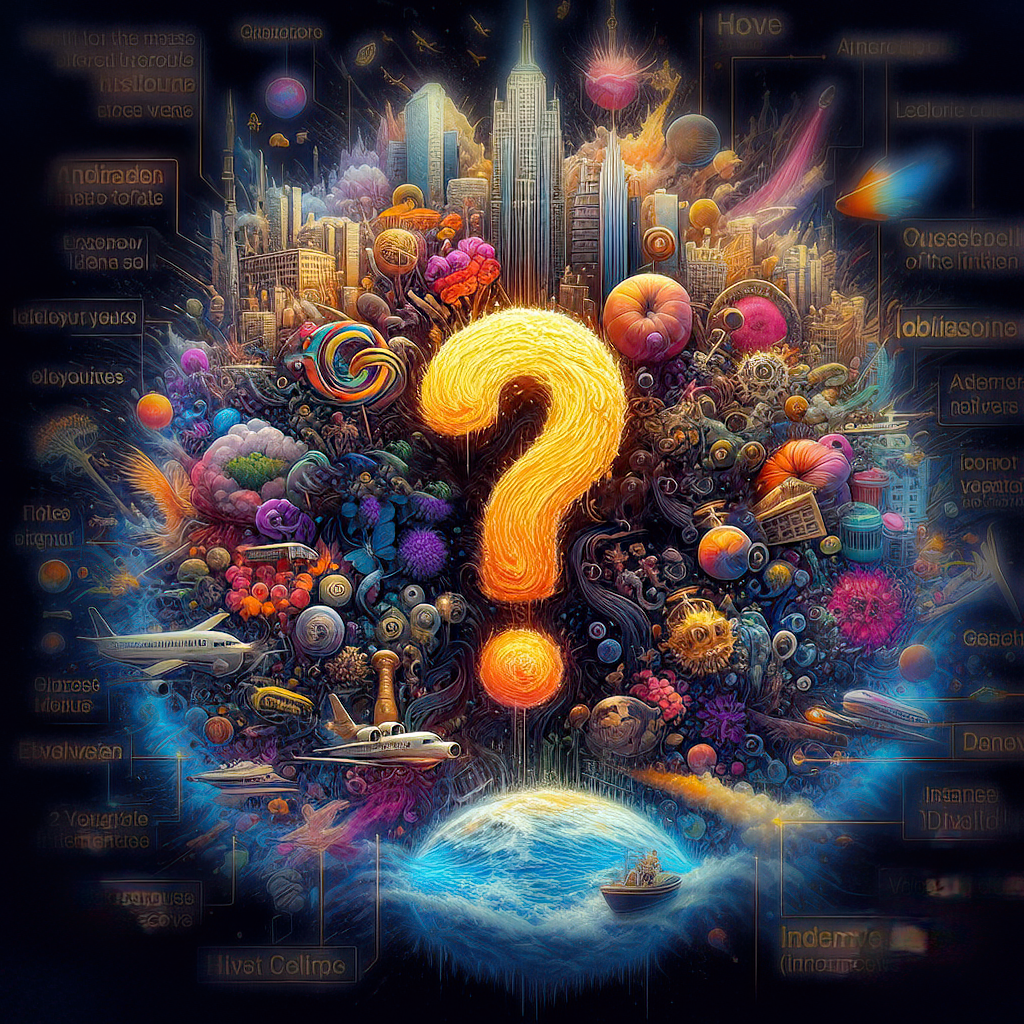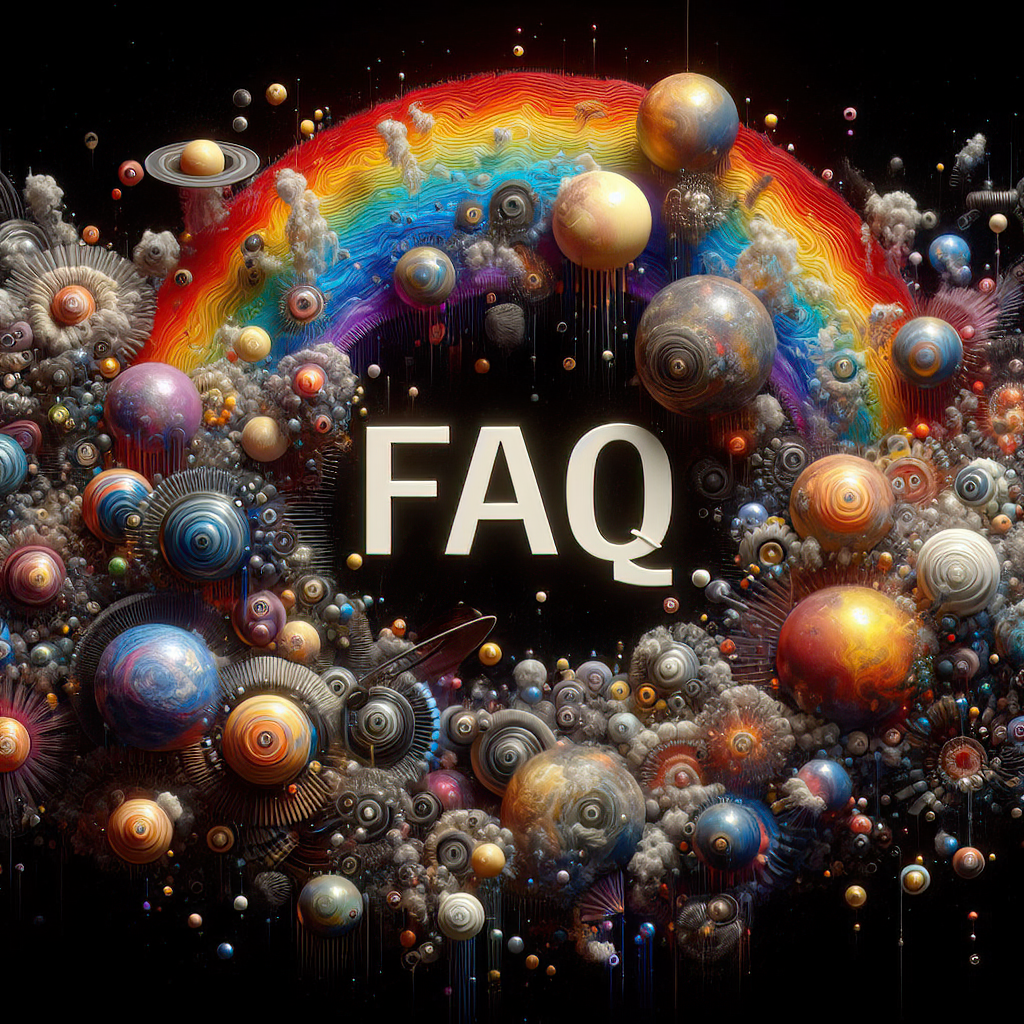
by Bill Tiepelman
How Pictures Can Break Writer’s Block
Visualizing the Scene: How Pictures Can Break Writer’s Block We’ve all been there: staring at a blank page, willing the words to come, but instead, your brain serves up static. Writer’s block can feel like a creative void, but here’s a secret weapon you might not have tried—pictures. Yes, pictures. Visualizing your scenes through images can be the spark that reignites your imagination and gets those words flowing again. Whether you’re struggling with a complex action sequence, a heartfelt conversation, or a vivid setting, visual aids can help you break through and bring clarity to your writing. Let’s explore how pictures can transform your writing process and banish writer’s block for good. Why Visualizing Your Scenes Helps As writers, we’re constantly translating the movie in our minds into words on a page. But when that movie feels fuzzy, it’s hard to find the right words. Visualizing your scenes—whether through photos, sketches, or even AI-generated art—can help you: Clarify Details: Seeing a setting or character can inspire the specifics you need to make your writing vivid. Spark Creativity: A single image can trigger ideas for dialogue, mood, or even plot twists. Strengthen Description: Visual references make it easier to write richly detailed scenes that immerse readers. Overcome Decision Paralysis: Pictures can give you a starting point when you’re overwhelmed by choices. Think of pictures as shortcuts to inspiration—a way to jumpstart your creativity when the words won’t come. Step 1: Define the Scene Start by asking yourself: What’s the purpose of this scene? Is it a tense confrontation, a serene moment of reflection, or a pivotal action sequence? Understanding the scene’s emotional core will help you find or create images that align with its tone. For example: A battle scene might need visuals of chaotic motion, clashing weapons, and dynamic lighting. A romantic scene might focus on soft lighting, intimate spaces, or small, tender details. A mysterious setting might include foggy landscapes, shadowy corners, and eerie lighting. Write down a few key words or phrases that describe the scene’s vibe to guide your visual search. Step 2: Find or Create Visual References Now it’s time to gather images that match your vision. Here are some options: Use Photography: Search for relevant photos on platforms like Unsplash or Pinterest. For example, if your scene takes place in a forest, look for images that capture the light, texture, and atmosphere you want. Sketch It Out: Even if you’re not an artist, a rough sketch can help you map out a character’s placement or the layout of a room. AI-Generated Art: Tools like DALL-E or MidJourney allow you to create custom visuals based on detailed prompts. Need a glowing castle under a starry sky? AI can make it happen. Don’t worry about finding or creating the perfect image. The goal is to generate ideas, not to produce a finished piece of art. Step 3: Analyze the Image Once you have a visual reference, spend a few moments studying it. Ask yourself: What stands out to me in this image? How does the lighting, color, or texture affect the mood? What small details catch my eye, and how can I incorporate them into my writing? For example, if you’re looking at an image of a bustling marketplace, you might notice the vivid colors of fabrics, the clamor of street performers, or the wary glance of a character in the background. These details can enrich your scene and make it feel alive. Step 4: Use the Visual to Start Writing Here’s where the magic happens. With your visual reference in hand, start describing what you see. Don’t worry about perfection—just get the words down. Use the image as a springboard for sensory details, character actions, or environmental cues. For example: Describe the way sunlight filters through a stained-glass window, casting colorful patterns on the floor. Capture the tension in a character’s clenched fists or the way their shadow stretches across the wall. Write about the sound of distant waves or the scent of rain-soaked earth. Even if your scene evolves beyond the image, the act of writing from a visual prompt can help you find your footing and keep going. Step 5: Expand Your Toolbox If you find visual references helpful, consider building a library of them for future use. Create folders or boards for specific categories, such as: Settings (forests, cities, interiors) Characters (faces, outfits, postures) Moods (dramatic, serene, eerie) These collections can become invaluable resources when you need a quick burst of inspiration or a way to refine your vision. When to Use Visuals Visualizing your scenes is especially useful when: You’re Stuck: A picture can provide the clarity you need to move forward. Details Feel Flat: Images help you add depth and texture to your descriptions. You Need Fresh Ideas: Looking at visuals unrelated to your story can spark unexpected connections. Use visuals as a tool, not a crutch—they’re meant to enhance your creativity, not replace it. Final Thoughts Writer’s block doesn’t have to be the end of the road. By turning to visual references, you can unlock new perspectives, refine your storytelling, and rekindle your creative spark. Whether you’re studying a photograph, sketching a scene, or generating AI art, pictures can be the key to bringing your story to life. So next time you’re staring at that blank page, try looking at a picture instead. You might be surprised at how quickly the words start flowing. Break Through Writer’s Block with Professional Visual Storytelling Tools Struggling to find the words? Let visuals be your guide. Whether you need inspiration for a vivid setting, a compelling character, or the mood of a pivotal scene, we can help you bring your imagination to life. At Unfocussed Photography and Imaging, we specialize in creating tailored visual tools that spark creativity and break through the toughest blocks. Custom Visual References: Collaborate with us to generate bespoke images for your story’s characters, settings, and themes. Mood Boards and Scene Concepts: Enhance your storytelling with professionally designed visual aids that align with your vision. AI-Enhanced Creativity: Work with our team to incorporate cutting-edge AI-generated visuals into your writing process. Don’t let writer’s block slow you down. Unlock the power of visual storytelling and take your writing to new heights. Explore our services today and turn your ideas into unforgettable stories!







